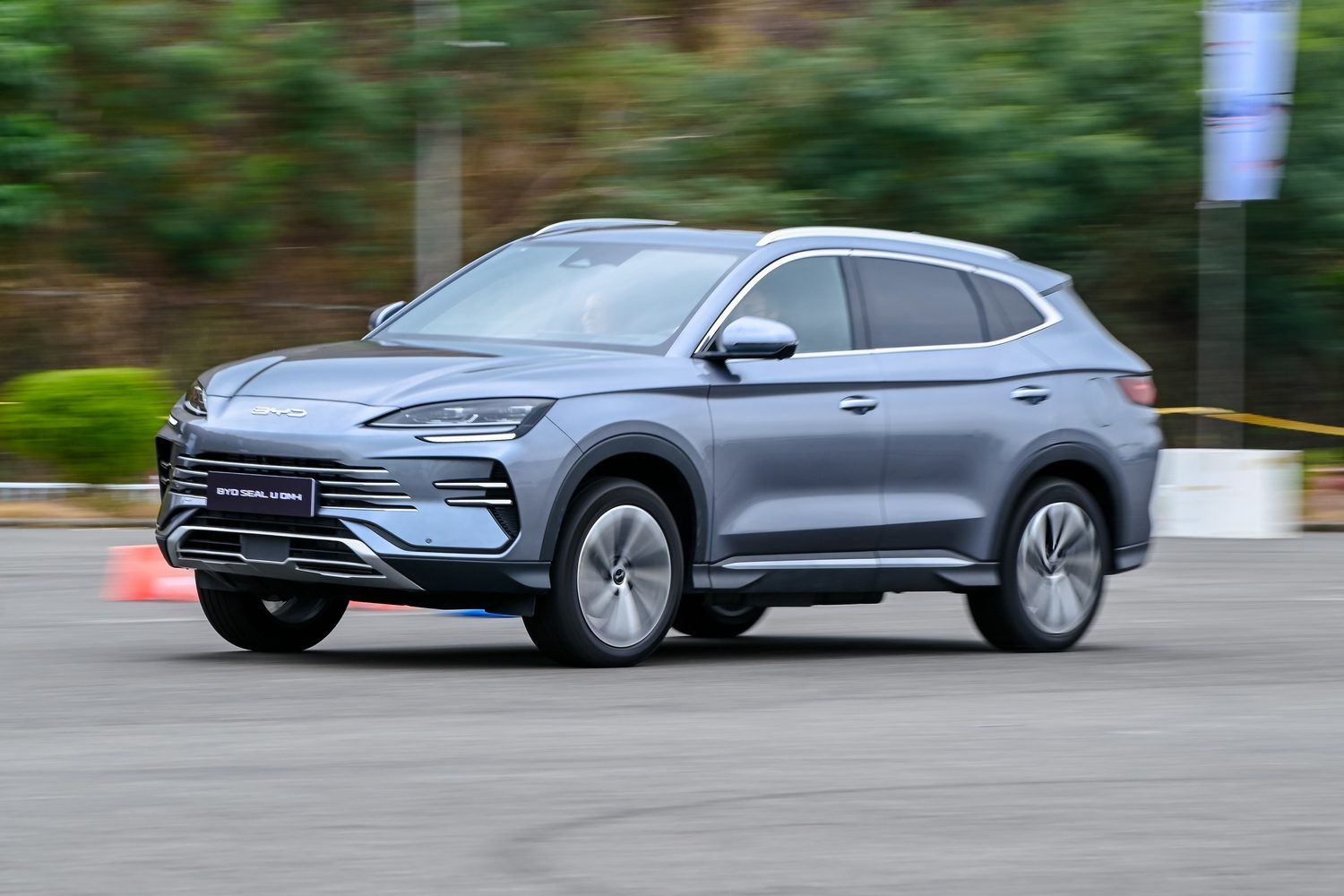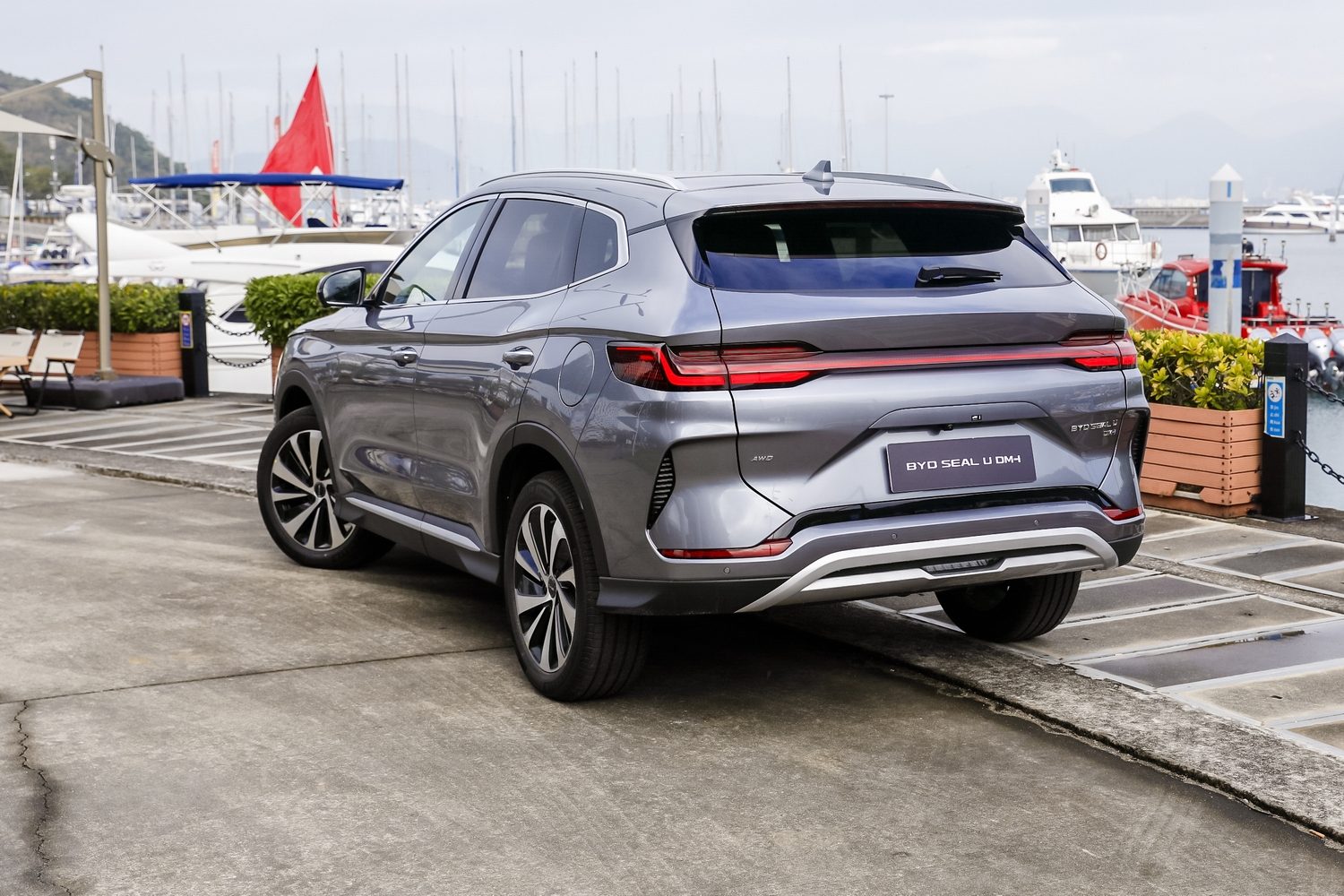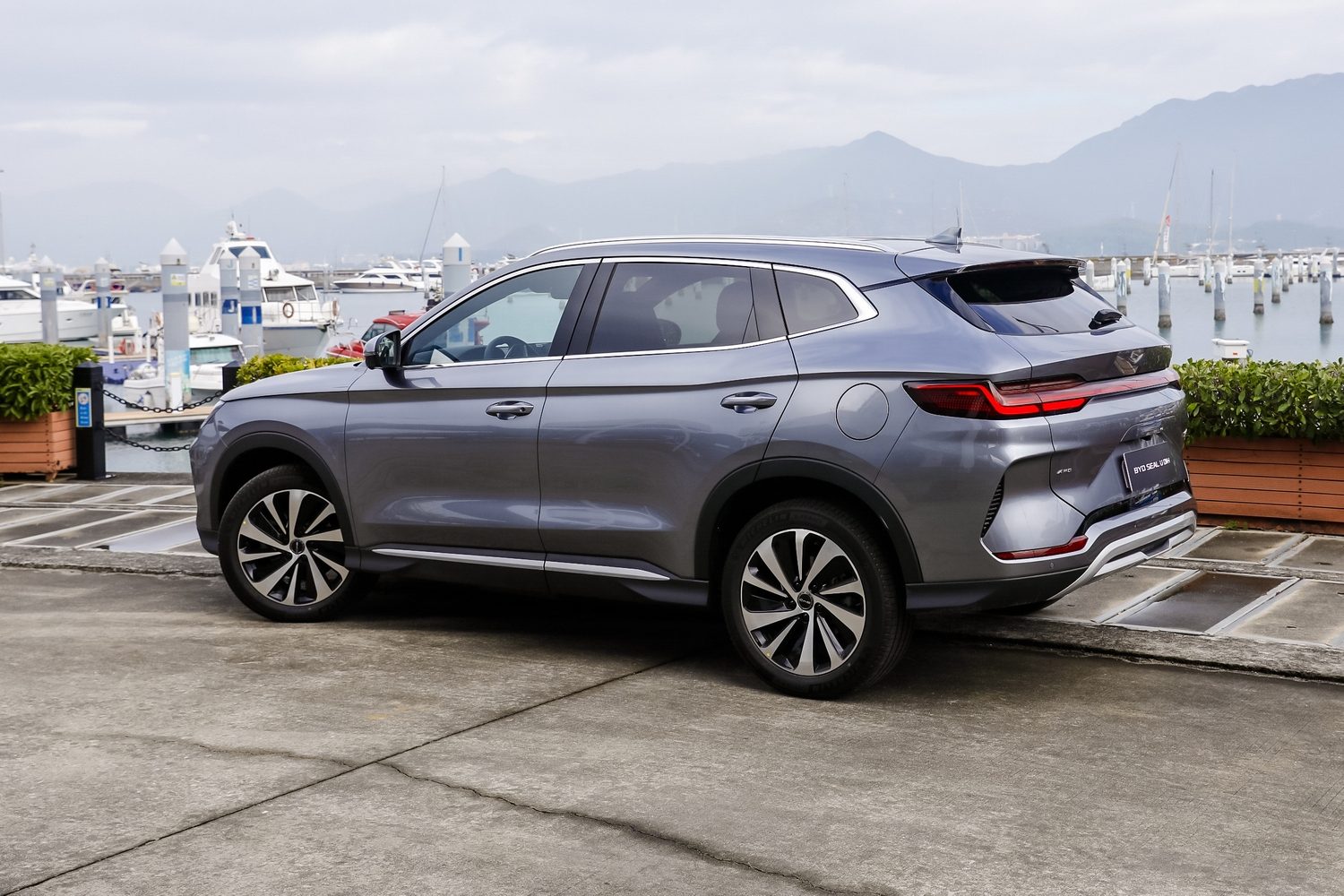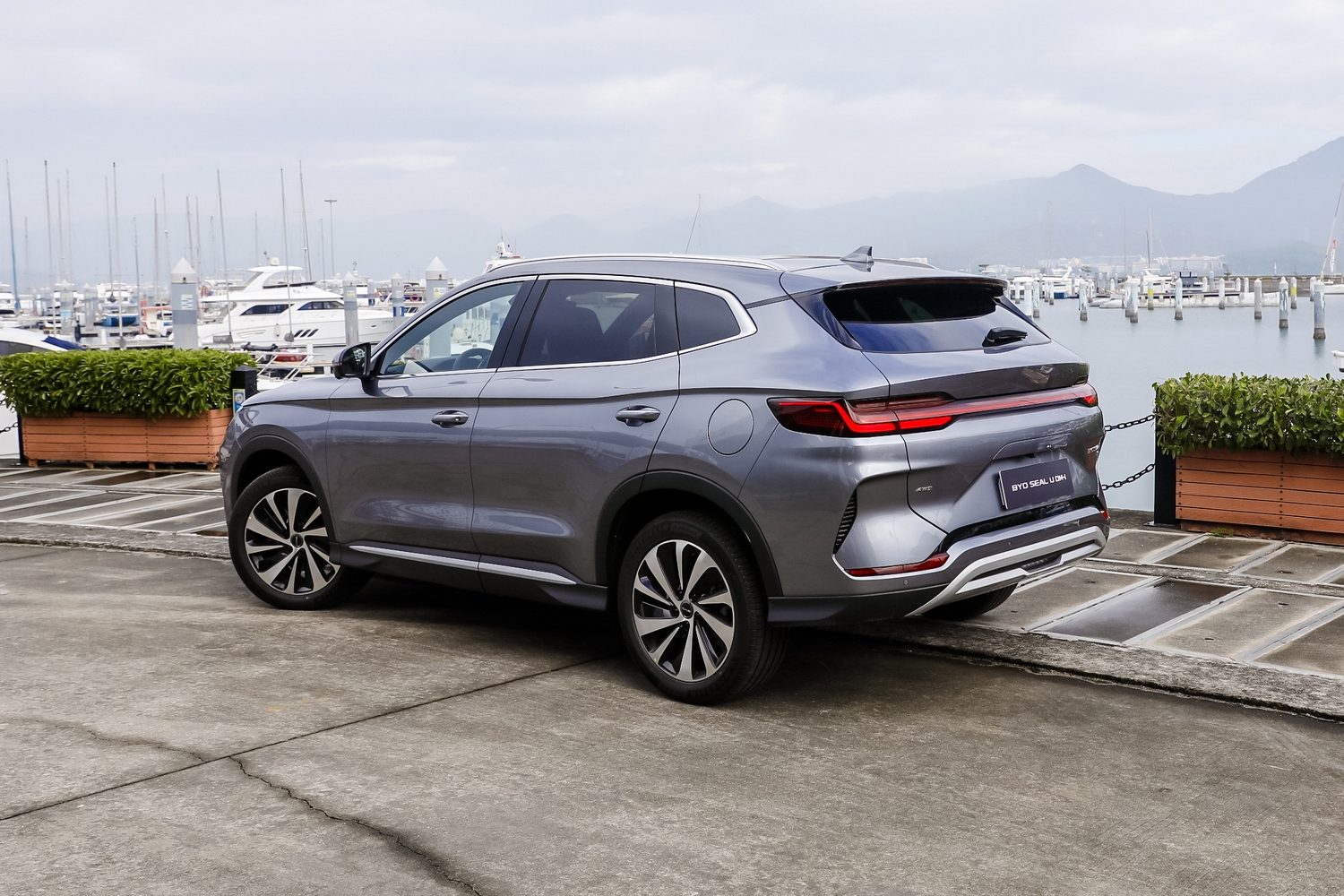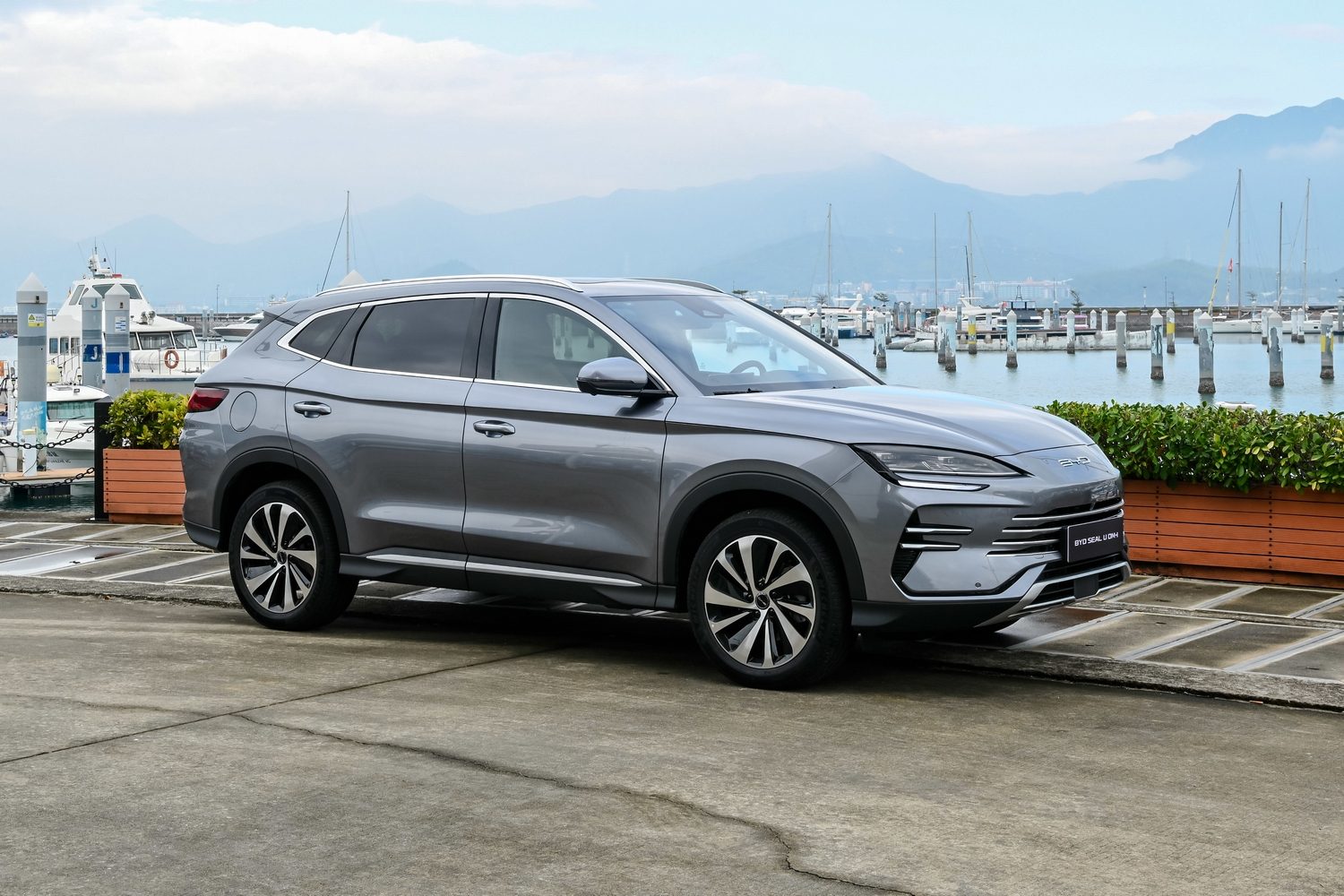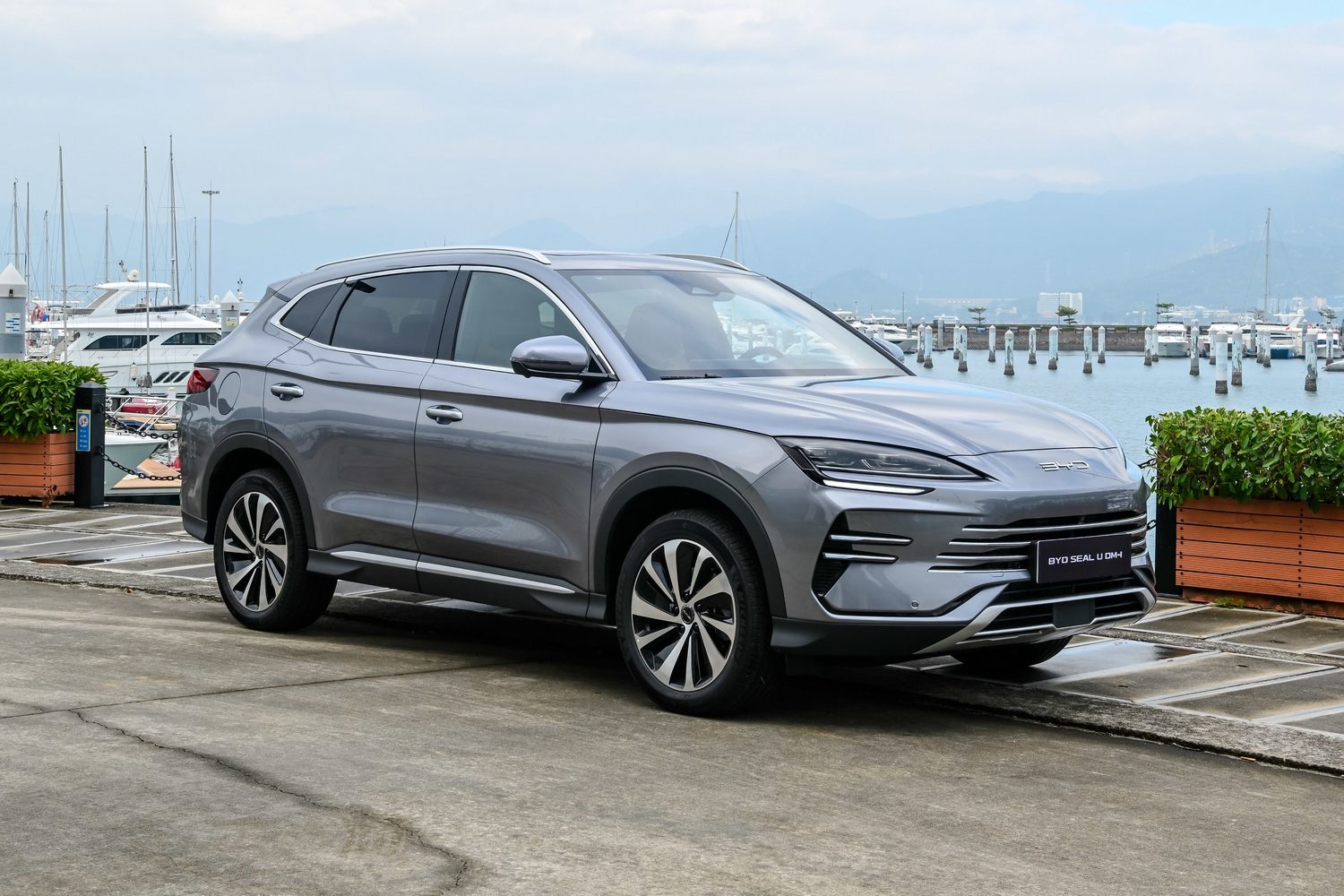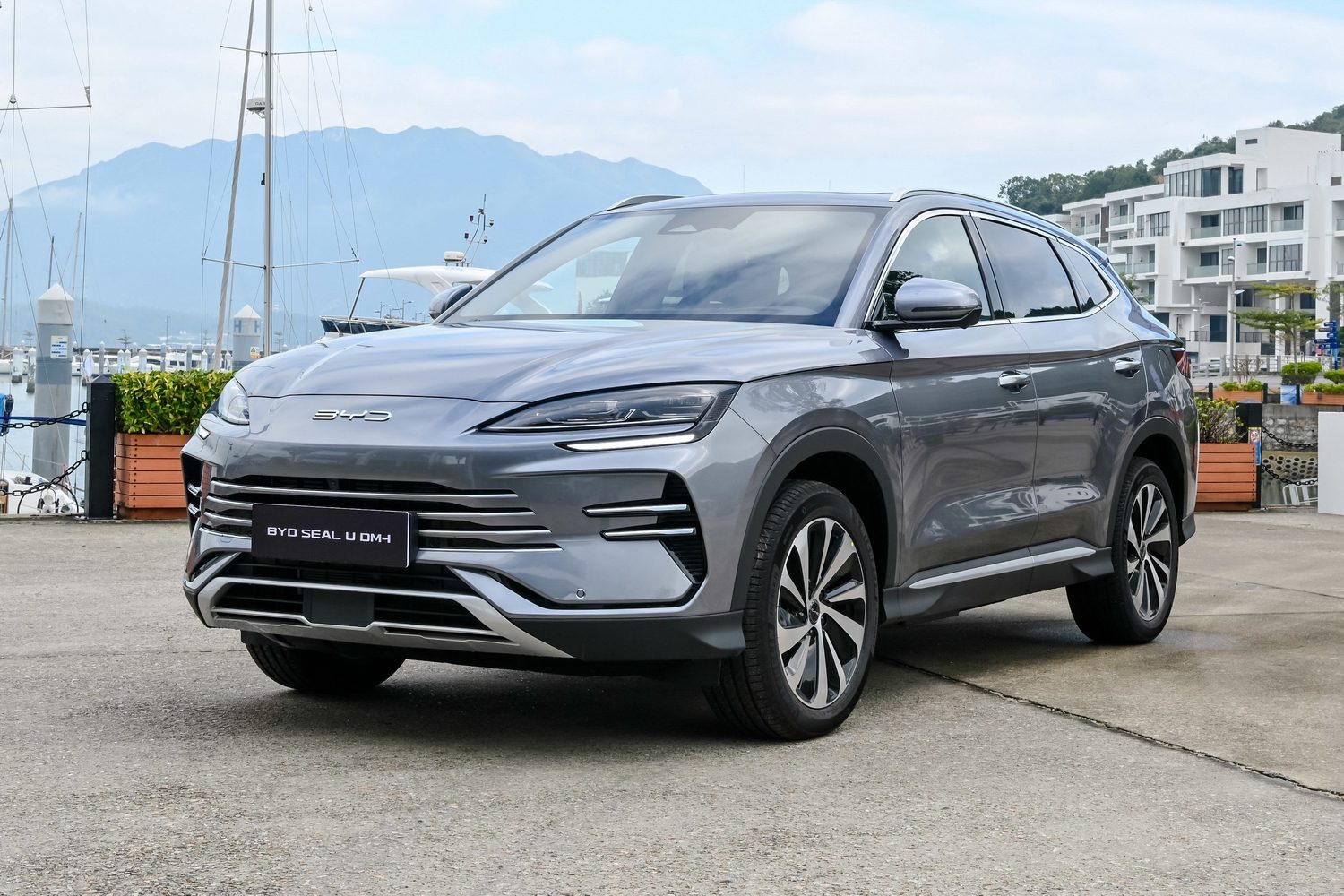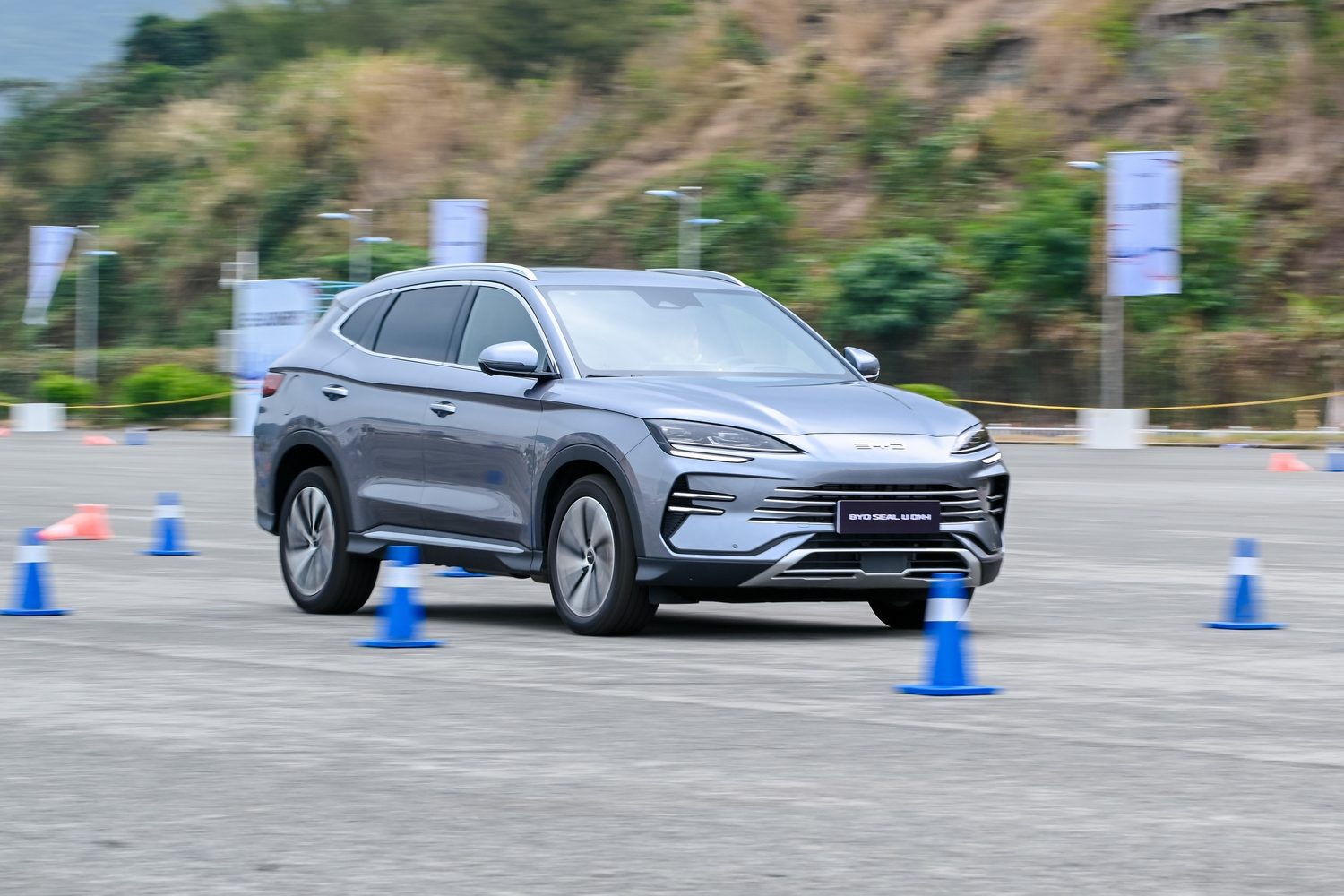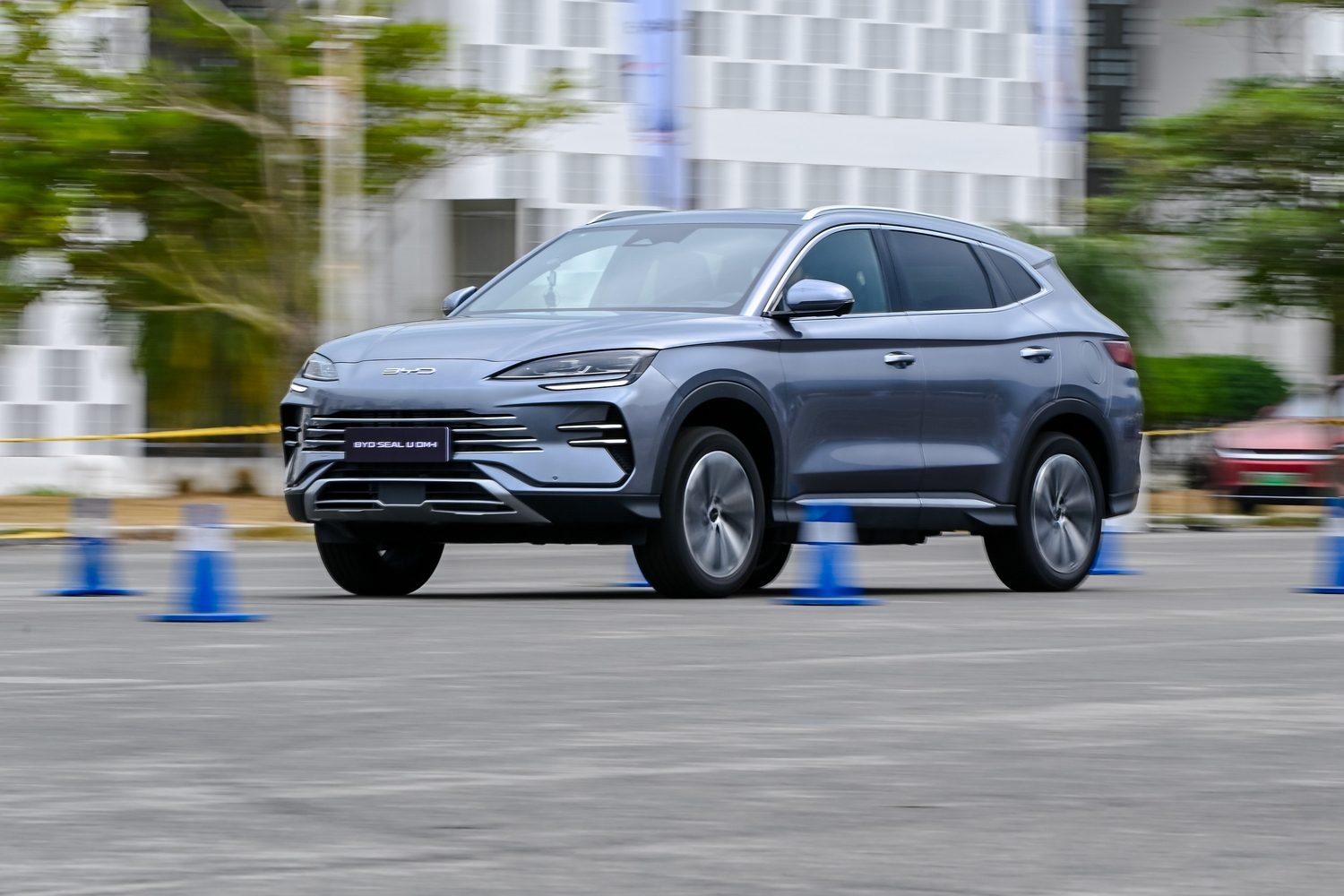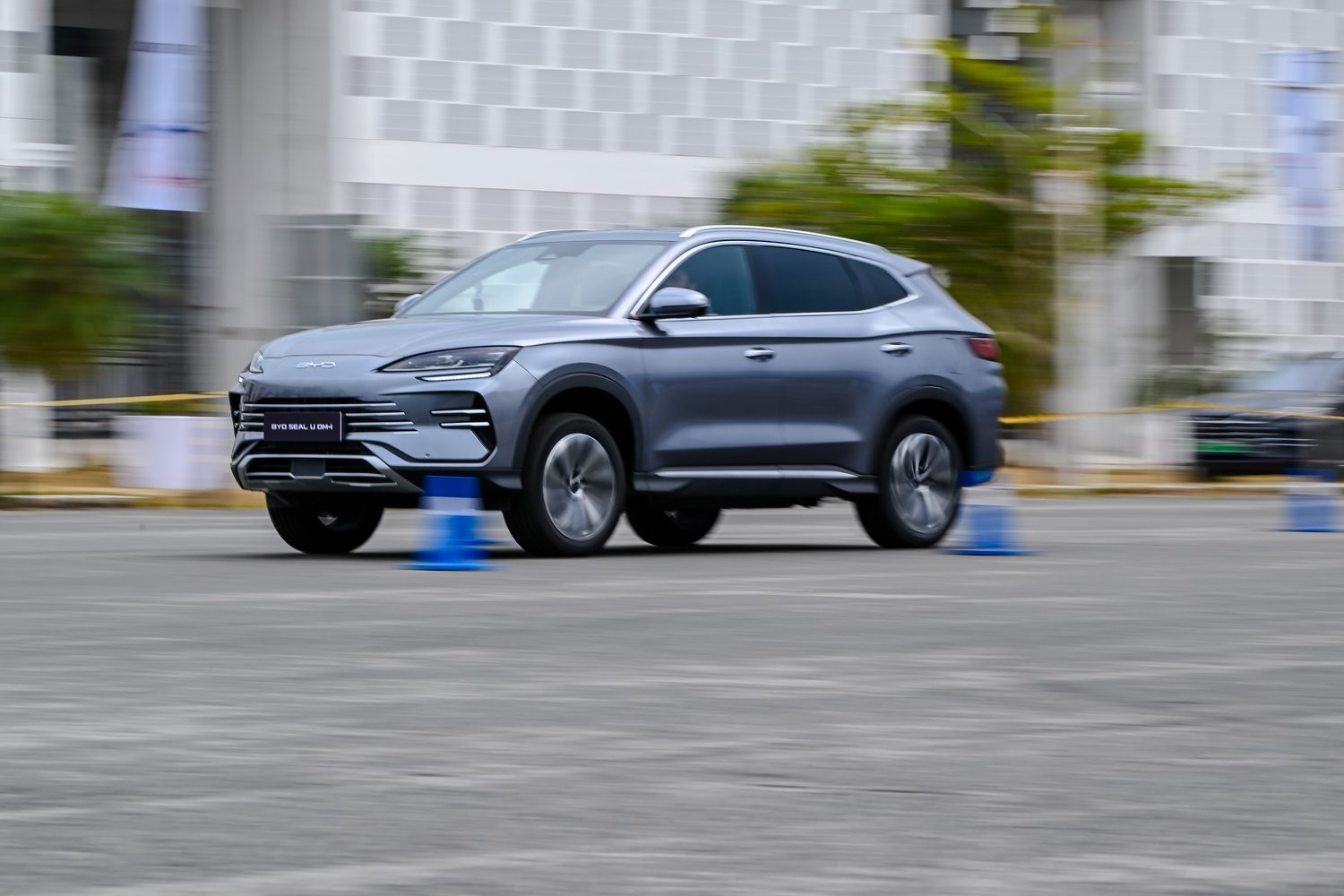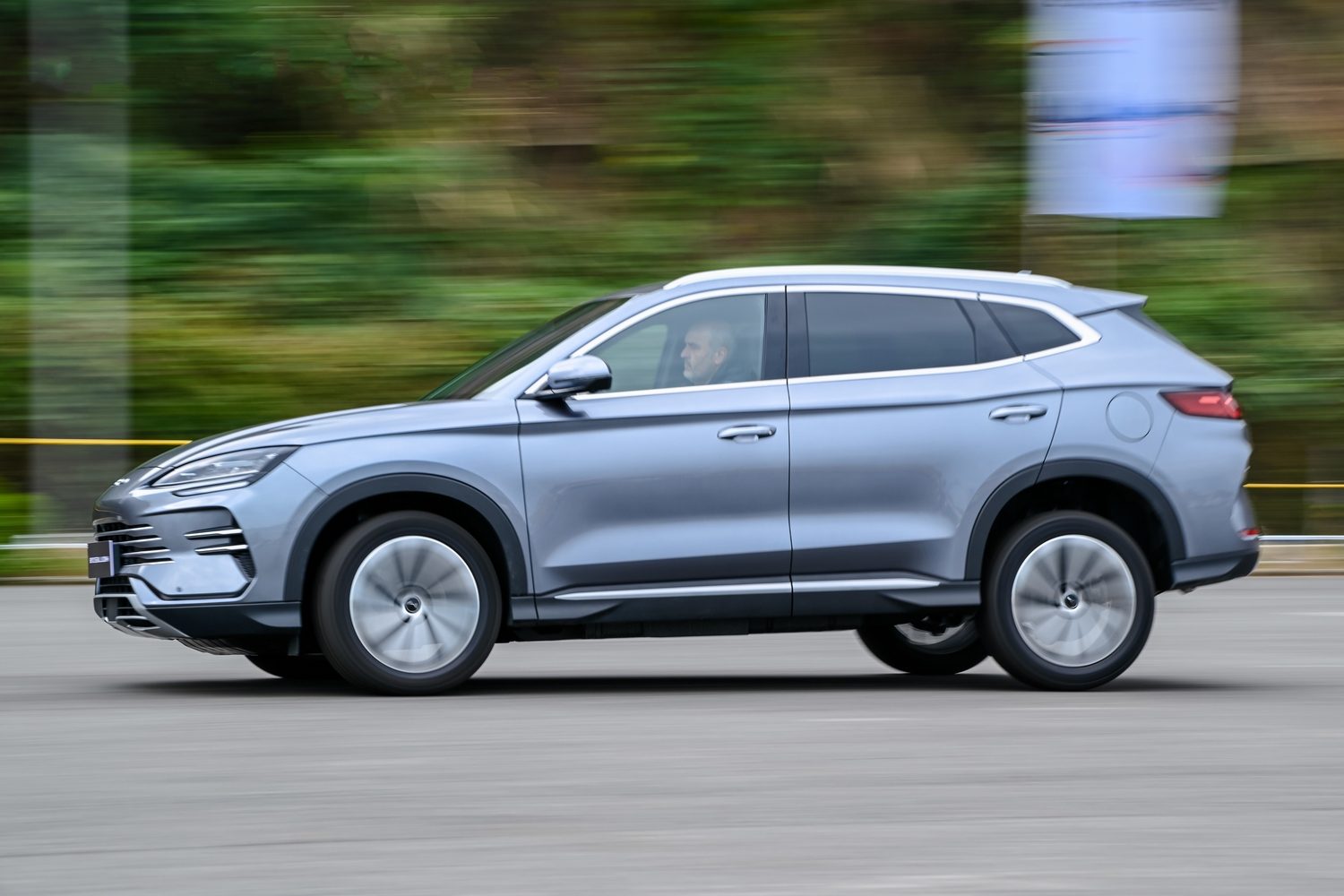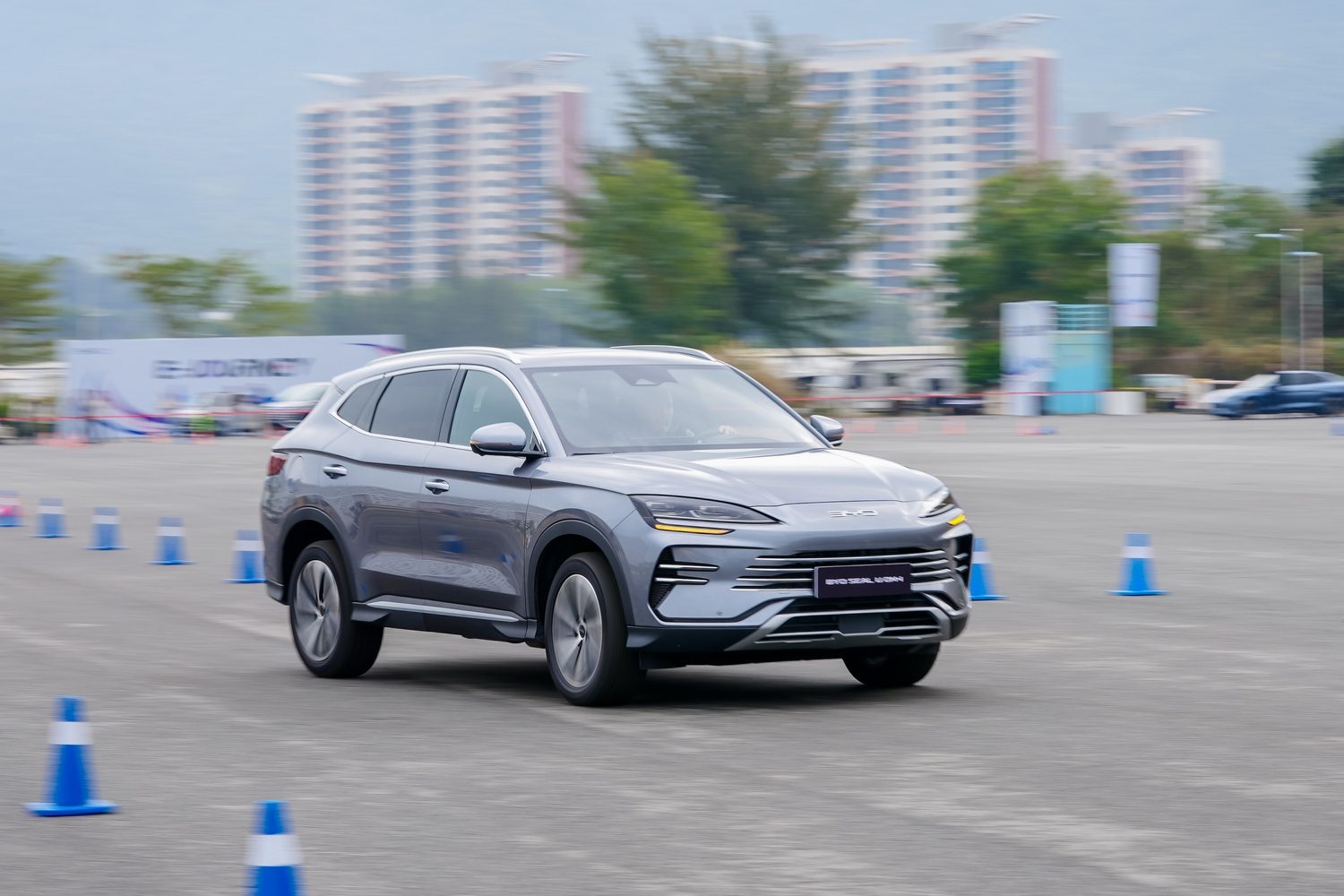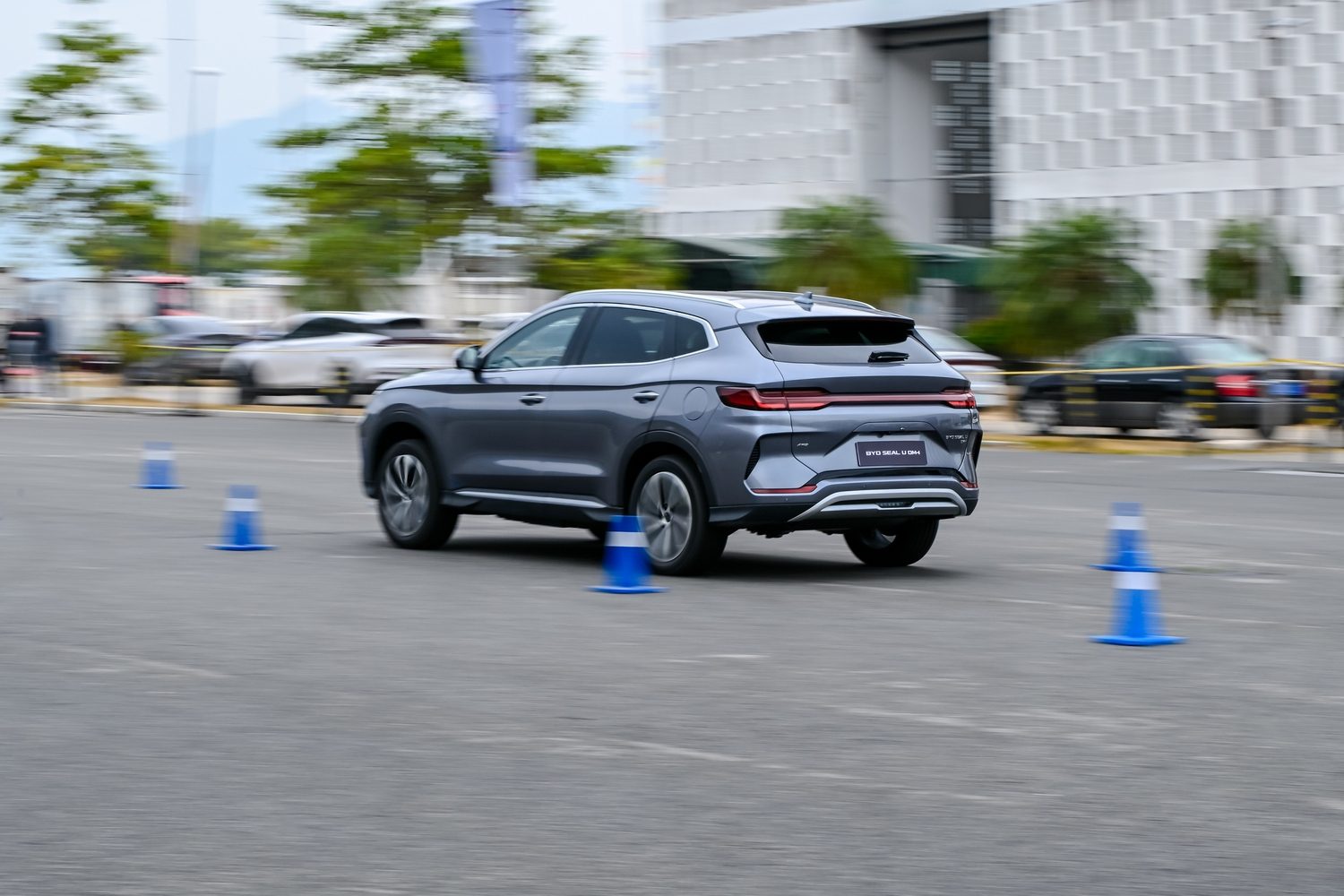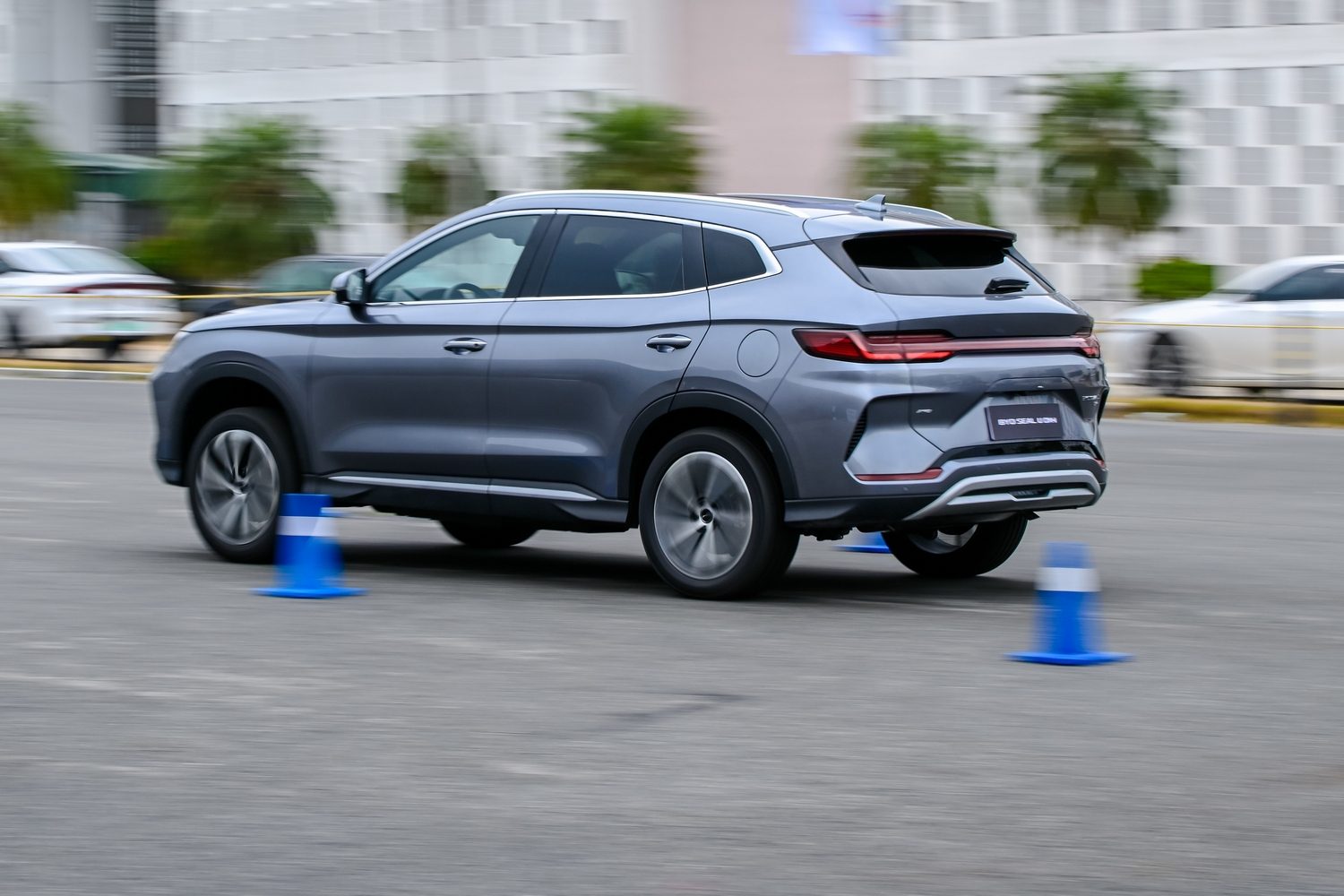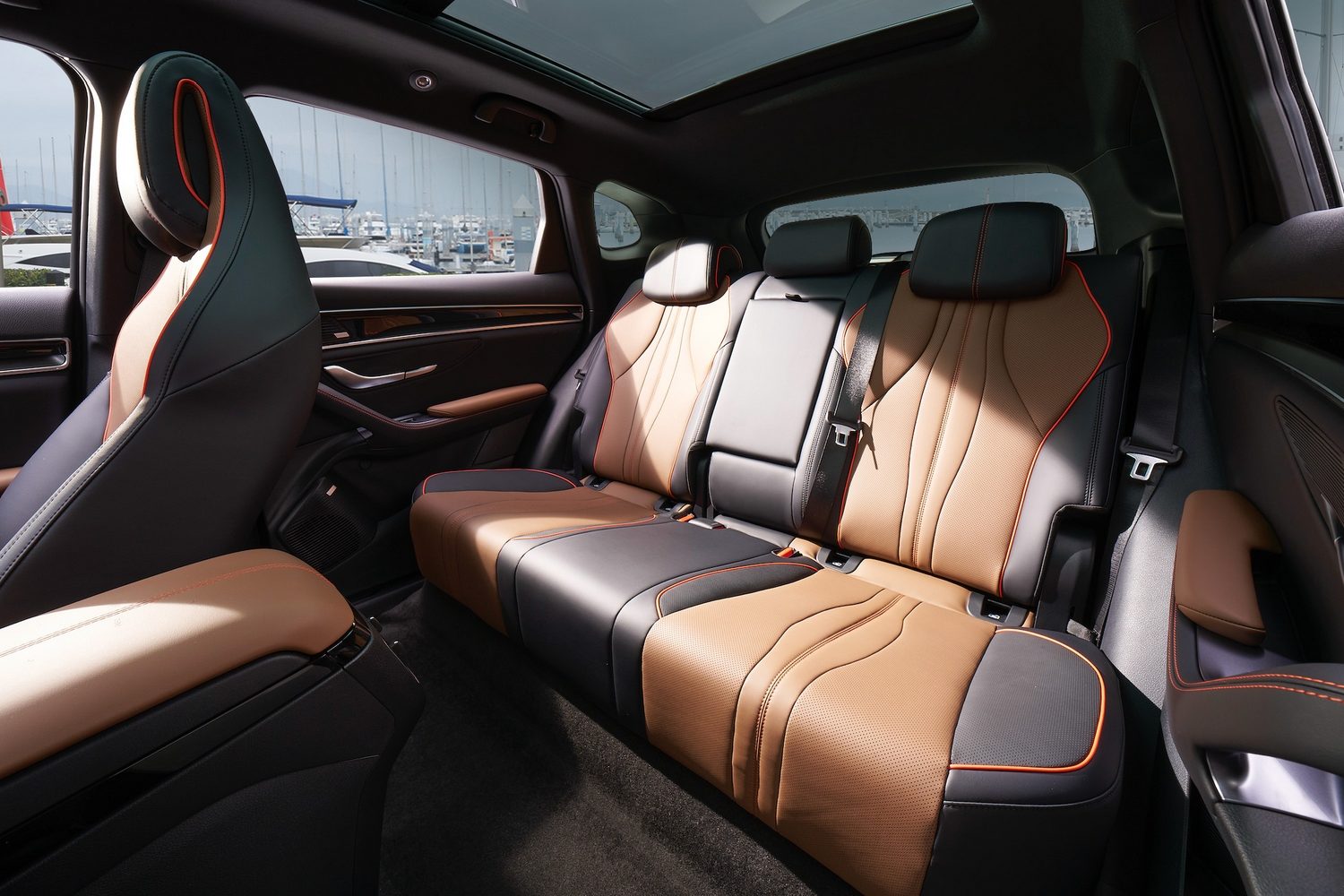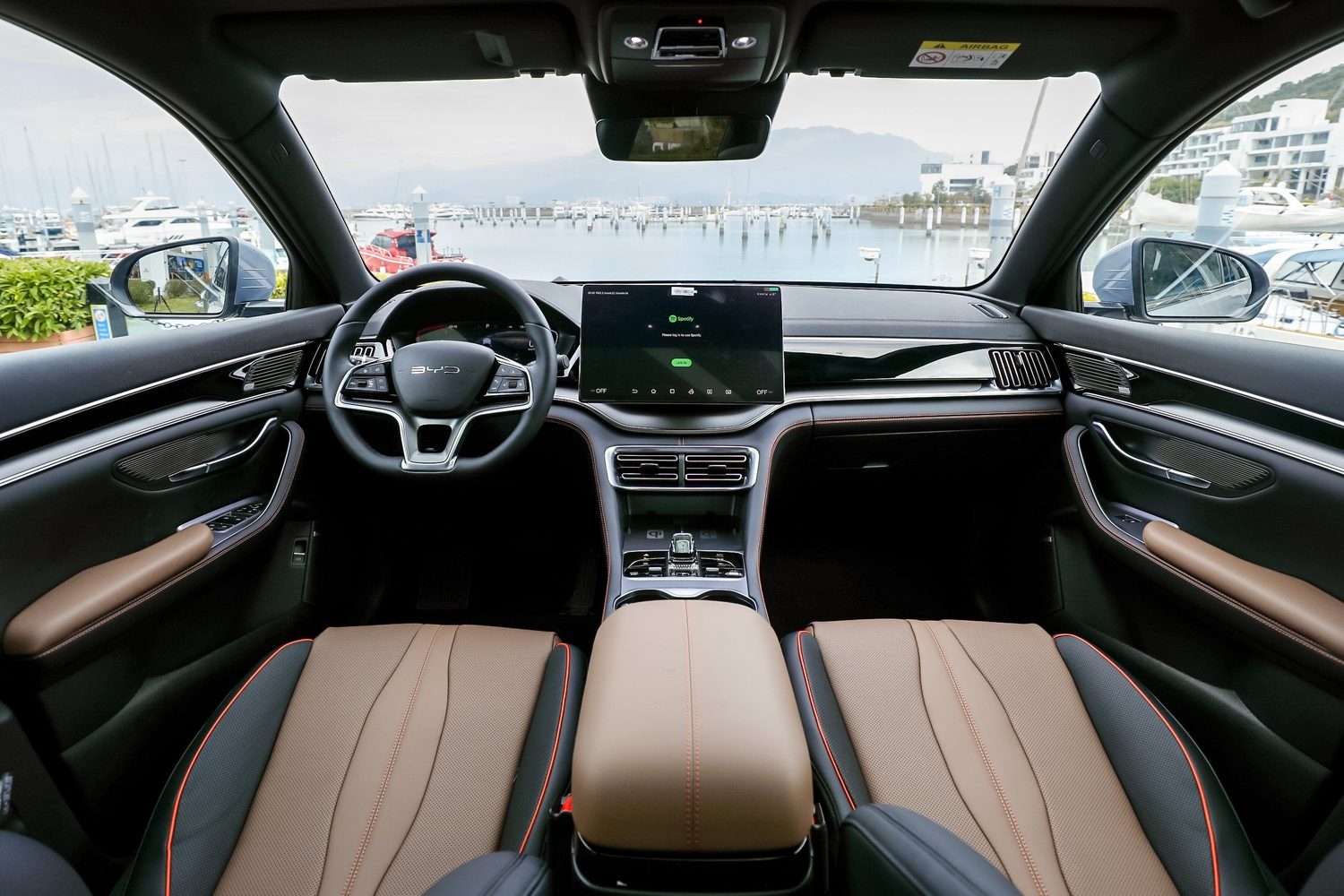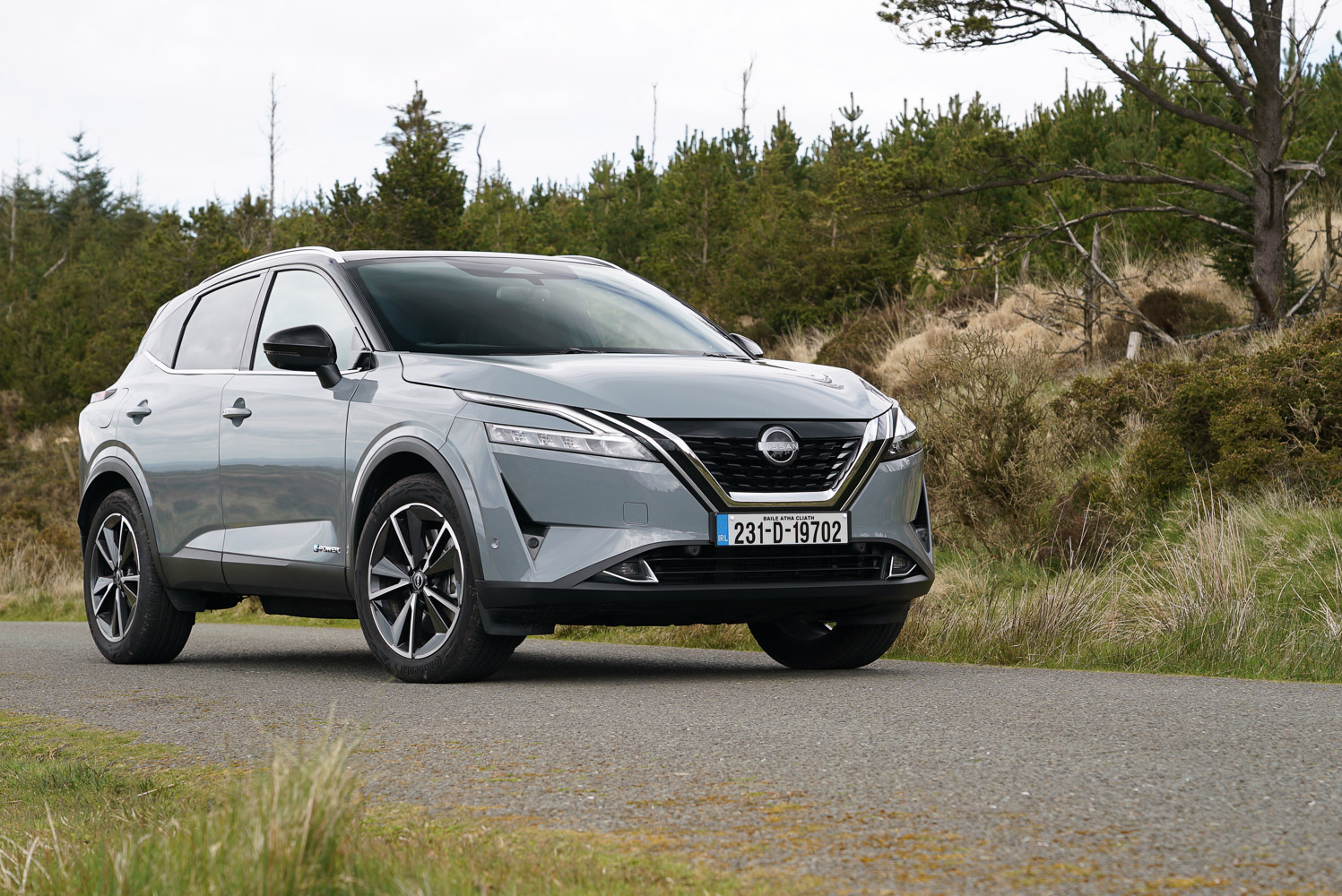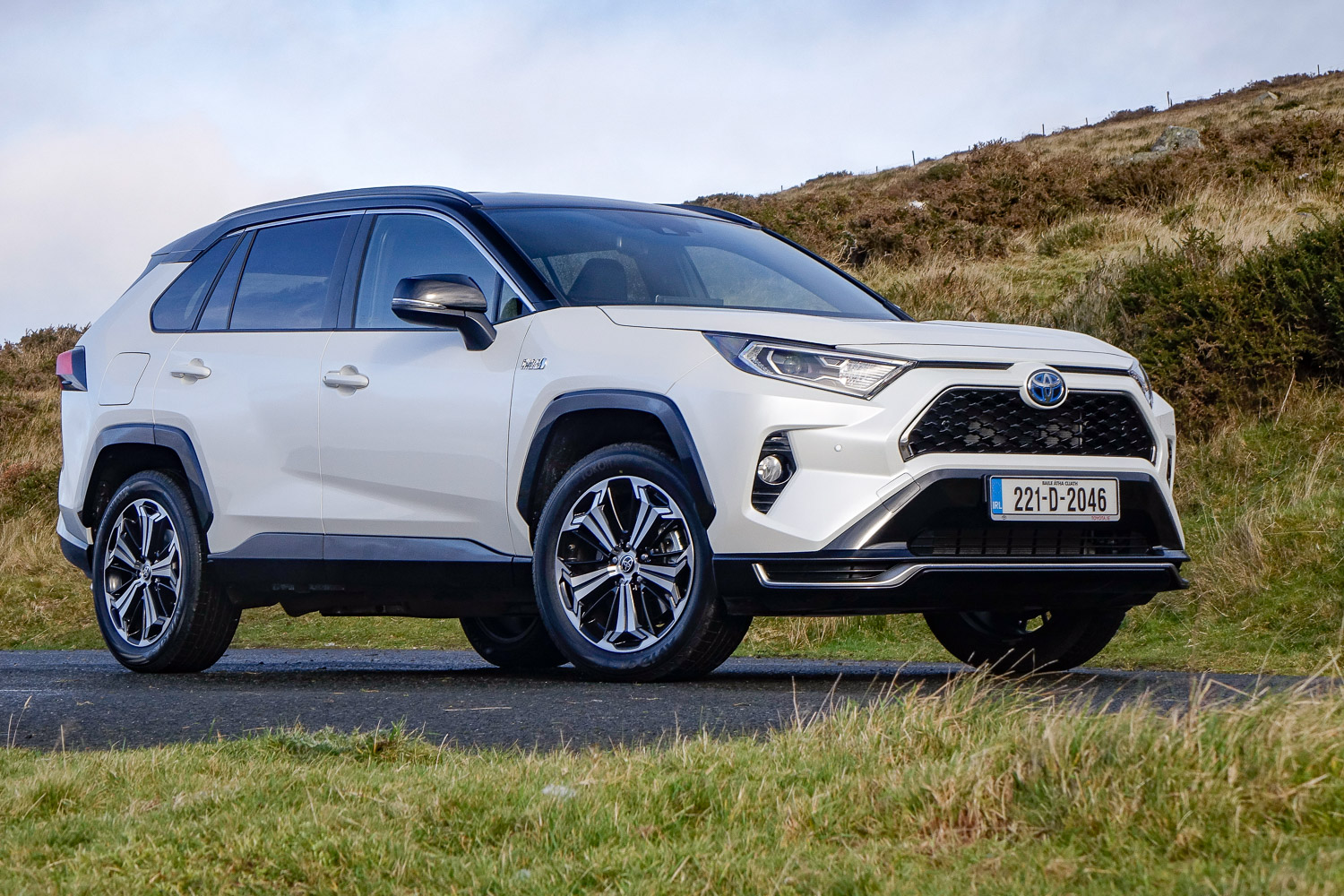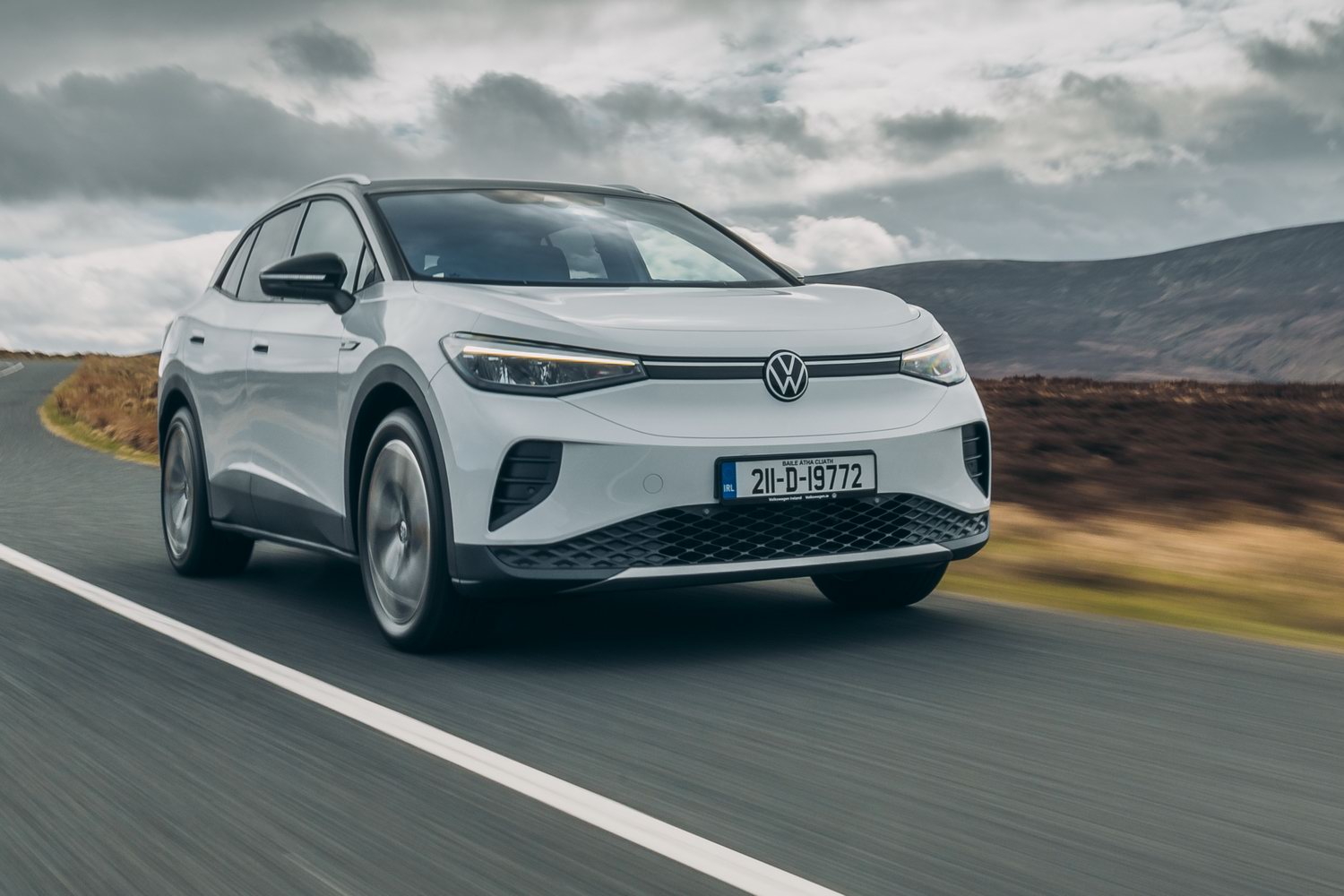BYD has rapidly increased its footprint in the Irish market from a standing start and the arrival of the Seal U later in 2024 will fill another hole in the Chinese brand's line-up. The five-seat electric mid-size SUV will be an alternative to the Volkswagen ID.4, Nissan Ariya and Toyota bZ4X.
Ahead of that car's arrival, we've nabbed a drive in the plug-in hybrid variant that sells in China to get a flavour of what to expect. There's no confirmation that the PHEV variant will come to Europe, but it is under consideration for specific markets. A long-range plug-in hybrid version could broaden the appeal of the Seal U to buyers who aren't quite ready to switch to a fully electric model.
In the metal
Unsurprisingly, the BYD Seal U comes from the same 'family' as the Seal saloon. Their design similarities are most apparent at the front and around the headlights. However, the Seal U isn't as striking as the saloon, partly due to its SUV shape. Its appearance is generic, with a look that isn't all that different from the Ford Kuga's (before its recent facelift), for example.
At 4,775mm long and 1,670mm tall, the Seal U is slightly longer and taller than popular models such as the Hyundai Tucson, Nissan Qashqai and Volkswagen ID.4. The additional length primarily benefits rear passenger space and cargo volume in the boot.
The plug-in hybrid version we're driving, which carries the DM-i designation, has a few details that differentiate it from the fully-electric model. A louvred grille across the bottom of the front bumper supplies the additional cooling requirements, for example, whereas the electric version we'll see first on these shores will have a blanked-off, smooth bumper.
Light plastic cladding surrounding the wheel arches and along the door sills gives the Seal U a lifted appearance. Looked at from the side, the gently sloping roofline ties in with the angled rear window to suggest a sportier profile. Meanwhile, a heavy crease runs through the car's shoulder line from the headlights to the rear lights, sitting above the door handles.
A blocky rear design tries to pack a lot in, with a light bar spanning the boot lid, a contrasting silver diffuser graphic and faux vents on either side of the rear to add some visual width. The rear window isn't the largest, but it does at least come with a wiper arm attached, unlike an increasing number of new SUV models that go without.
From the driver's seat, the Seal U feels notably spacious. The tall roofline and large windows provide a great view of the road ahead, while slim A-pillars minimise potential blind spots. As with other BYD models, the 15-inch touchscreen can rotate through 90 degrees at the touch of a button on the steering wheel or via the screen itself.
Everything is laid out in an orderly fashion, with a pair of air vents below the central screen. The centre console contains two wireless charging pads ahead of the area for the drive selector and various driving mode buttons. This plug-in hybrid includes the option of switching between full electric drive and hybrid drive, but in the pure EV versions of the Seal U, the switchgear in this area will allow the driver to choose between drive modes.
A pair of cupholders sit aft of that, and there's a useful storage bin beneath the central armrest. The latter is broad enough for both driver and passenger to use simultaneously. The door bins are deep enough for drinks bottles and the driver's door armrest has physical buttons for the windows and mirror adjustment.
The main dashboard fascia is glossy piano black with a lower metallic section. Further down, the centre console and doors carry a dark blueish leather material with bright orange stitching, while the seat inserts are brown.
Rear passenger space is very generous, thanks partly to the car's length and minimal roof slope. A flat floor leaves room for the feet of whoever is sitting in the middle seat, and there are also large windows in the rear to enhance the airiness.
Driving it
The electric versions of the Seal U will be available with 71.7kWh and 87kWh batteries, and BYD will likely offer single- and dual-motor options. This DM-i model tested here is a plug-in hybrid that uses an 18.3kWh battery paired with a 1.5-litre four-cylinder petrol engine, the latter producing 109hp to support the 197hp electric motor. That battery is sufficient for up to 110 kilometres of electric driving according to BYD and there's also an optional 26.6kWh battery, extending the electric range to 150 kilometres.
During our time with the car, it remained in electric mode almost the entire time, which PHEV owners should relish. When the engine does activate, it comes in relatively smoothly and without harshness. Under harder acceleration, the engine sounds like it's working hard, and the soft suspension allows the car to squat back. There's noticeable lean in corners as well. BYD uses a multi-link design for the rear suspension, which is a sophisticated setup, so it should perform well on European roads when it arrives.
Refinement and sound insulation is expectedly good in its electric mode. We weren't able to do any longer motorway driving in this instance, but during some faster bursts of speed, there was little to report in terms of wind noise or tyre roar. Incidentally, our car was equipped with Michelin tyres on its 19-inch alloy wheels.
Through the bends, the steering feels light but maintains a good level of accuracy. This isn't a car that encourages more dynamic driving; rather, it's set up for comfort and manages that quite well. Despite the body lean we mentioned, the Seal U holds a line well through a corner and generally feels surefooted. In the fully electric model, the larger battery will shift the centre of gravity downwards, which should enhance the handling further.
What you get for your money
The Irish-market introduction of the BYD Seal U is still several months away, so pricing and specifications are still in the process of being finalised. It will likely be available with a similar powertrain line-up to that of the BYD Seal saloon. Despite being larger than the Seal, the Seal U should have an electric driving range of around 500 kilometres using the larger battery option.
Summary
The BYD Seal U will tick many boxes for car buyers, especially those with families. Its generous interior space, ample boot storage and an expected driving range of 500 kilometres demonstrate how BYD understands buyers' needs. If it offers high levels of standard specification and can be price-competitive for the segment, the Seal U could be a big hit in Ireland.

